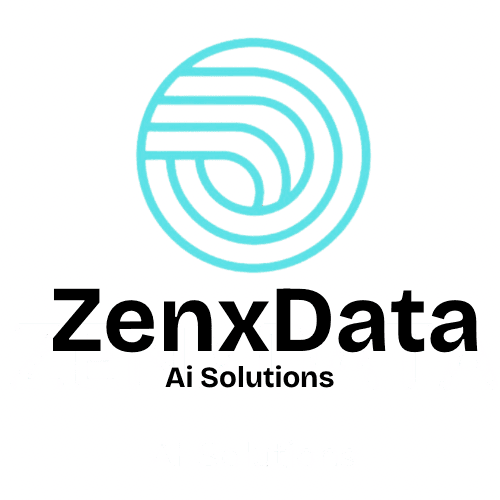Common Misconceptions About AI Model Testing and How to Avoid Them
Understanding AI Model Testing
Artificial intelligence (AI) models are becoming increasingly integral to various industries, from healthcare to finance. However, testing these models presents its own set of challenges, often clouded by common misconceptions. Understanding and addressing these misconceptions is crucial for ensuring the reliability and effectiveness of AI systems.
At the core of AI model testing is the need to validate how well a model performs its designated tasks. While this seems straightforward, misconceptions about the testing process can lead to flawed evaluations and potentially unreliable AI applications.

Misconception 1: Testing is a One-Time Process
One prevalent misconception is that testing an AI model is a one-time process. In reality, testing should be an ongoing part of the model's lifecycle. Due to changes in data and environments, a model that works well today may not perform as effectively tomorrow.
To avoid this pitfall, it is essential to integrate continuous testing into the development pipeline. This approach ensures that the model adapts to new data and remains accurate over time.
Misconception 2: Accuracy is the Only Metric that Matters
Another common misconception is that accuracy is the sole indicator of a model's performance. While accuracy is important, it does not provide a complete picture. Other metrics, such as precision, recall, and F1 score, offer insights into different aspects of the model's capabilities.

For instance, in a medical diagnostic application, a model with high accuracy but low recall might miss critical cases. By considering multiple metrics, developers can ensure that the model performs effectively across various scenarios.
Misconception 3: More Data Always Leads to Better Models
It's easy to assume that feeding more data into an AI model will automatically improve its performance. However, this is not always the case. Quality often trumps quantity when it comes to data. Poor-quality data can introduce biases and negatively impact model outcomes.
To avoid this trap, focus on curating high-quality datasets that are representative of real-world scenarios. This practice not only improves model performance but also reduces the risk of biased results.

Misconception 4: AI Models Don't Require Human Oversight
There's a misconception that once an AI model is deployed, it operates independently without any need for human intervention. In truth, human oversight is crucial for monitoring model behavior and addressing any ethical or operational issues that arise.
Incorporating human-in-the-loop systems allows for ongoing assessment and adjustment of AI models, ensuring they align with ethical standards and user expectations.
Conclusion
Understanding and addressing these common misconceptions about AI model testing is essential for developing robust and reliable AI systems. By recognizing that testing is an ongoing process, considering multiple performance metrics, focusing on data quality, and ensuring human oversight, organizations can avoid pitfalls and harness the full potential of AI technologies.
